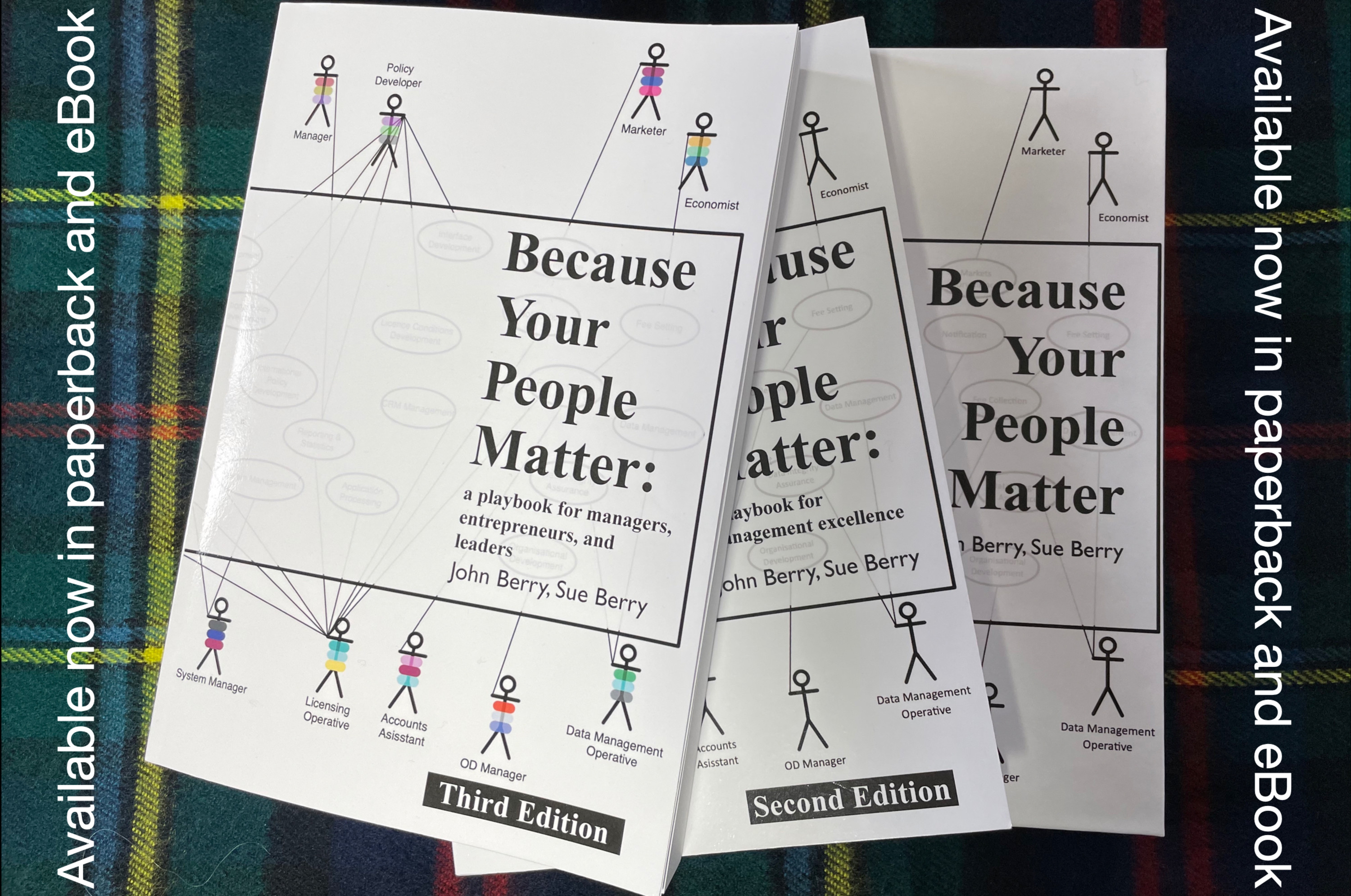Another of many articles on management
Building a positive staff worldview under hybrid working
Written by John Berry on 21st August 2021. Revised 24th April 2023.
5 min read
 Sociologists have it that various social groups are characterised by their worldview. One such social group is the employees in a firm. That worldview might be collective agreement that the firm is a super place to work. Or it could be that managers have the employees’ wellbeing at heart. Worldview doesn’t just cover employees’ thoughts about management though. It extends all the way to how best to do work – despite, sometimes, what the company procedures say.
Sociologists have it that various social groups are characterised by their worldview. One such social group is the employees in a firm. That worldview might be collective agreement that the firm is a super place to work. Or it could be that managers have the employees’ wellbeing at heart. Worldview doesn’t just cover employees’ thoughts about management though. It extends all the way to how best to do work – despite, sometimes, what the company procedures say.
Managers need their employees to have a particular worldview that enables work productivity.
Arguably, employees, pre-pandemic, had a particular worldview built out of face-to-face interraction and this worldview benefitted the firm.
So, what happens when that social group of employees suddenly changes its work pattern, relationships, and environment? What happens when it is hit by a pandemic or other dramatic upheaval and staff become homeworkers, accessing company systems online? Does the worldview change? And if so, is the new worldview less beneficial to the firm?
First, how is a worldview formed?
A worldview refers to the set of beliefs describing an outlook on the world of a particular social group. Sociologists consider that a worldview is built through group rituals and symbols. At the heart of these rituals and symbols is communication.
Communication exists in a firm in various forms. Psychologists describe this as multi-communicating. There’s the formal, ‘over the table’ communication that perhaps managers drive and is embedded in organisational processes. Then there’s all the communication ‘under the table’ – the What’s App groups, the water-cooler whispering.
To understand how the worldview in each firm changed during the pandemic, we must look at the communications.
Communications are enabled by providing places for people to meet. More often than not, those places were physical, in the office. During the pandemic, those places became virtual, in the cloud, on computers and other devices.
A worldview is formed by consensus. Consensus comes though discussion. So, the formal diktat from managers to staff provides an input, but it is a relatively small influence on beliefs.
 So, the firm needs to enable communications, whether in the office or online. But those communications must have sufficient bandwidth – sufficient scope for beliefs to emerge and become consensus. Email is maybe the worst form of communication – a tossing of formal notes over a virtual ‘wall’.
So, the firm needs to enable communications, whether in the office or online. But those communications must have sufficient bandwidth – sufficient scope for beliefs to emerge and become consensus. Email is maybe the worst form of communication – a tossing of formal notes over a virtual ‘wall’.
Beliefs are formed subtly. People ‘come to’ a belief. Managers might think that people are logical and rational, but when it comes to forming a world view, they are anything but. It’s called sense-making. We make sense of our environment and come to a belief. We come to know stuff. And the route to that belief, the route to that knowledge, is far from straight.
So, how effective is hybrid working likely to be in worldview formation when staff mix remote and in-office working?
There’s huge evidence that online communities are highly effective in creating a worldview – one only need look at areas like terrorism, political extremism, and sexual preferences to see how large groups bond under shared belief. So, let’s not think for one minute that what happens online is in any way less effective than the power of face-to-face office-based interactions. Online is just different.
What matters is that the people concerned are in the same space – virtual or physical. There are benefits in online. Communications online can extend to many people simultaneously. When people are participating, they do so on more of an equal footing. They are at home, perhaps, and hence they may be more comfortable and feel more secure. And of course, everyone gets a whole new insight into each other’s lives as cameras reveal something of each other’s workhome.
There is no issue: sense making, and the emergence of a worldview across a group, is not only possible online, but it may well be easier and more effective.
Of course, we must also acknowledge the obvious weaknesses of online.
 Non-verbal cues are substantially absent. Information is substantially targeted; some would say, curated. It’s what individuals want to convey to others in the group. Unless designed in to the mediuim, no-one just chats online. Unless the medium facilitates it, incidental information exchange is missing, like a discussion overheard, a dialogue that triggers thoughts, or conveyed expected behaviours like dress.
Non-verbal cues are substantially absent. Information is substantially targeted; some would say, curated. It’s what individuals want to convey to others in the group. Unless designed in to the mediuim, no-one just chats online. Unless the medium facilitates it, incidental information exchange is missing, like a discussion overheard, a dialogue that triggers thoughts, or conveyed expected behaviours like dress.
In principle, remote working and the reliance on online applications like Teams and What’s App can be used to form a suitable world view. Managers just need to select the communications channels carefully to include appropriate information exchange. And those communications channels must promote that all-important incidental information exchange.
And managers must select with care which media they parcipate in.
Ultimately, the measure of all communications in a firm is individual performance. The creation of the right worldview from those communications is critical to operations. Managers will want to know that the worldview within the firm results in high personal performance and high company outcomes. If performance falls, managers will need to revise their communications tools and the balance between remote and in-office working.